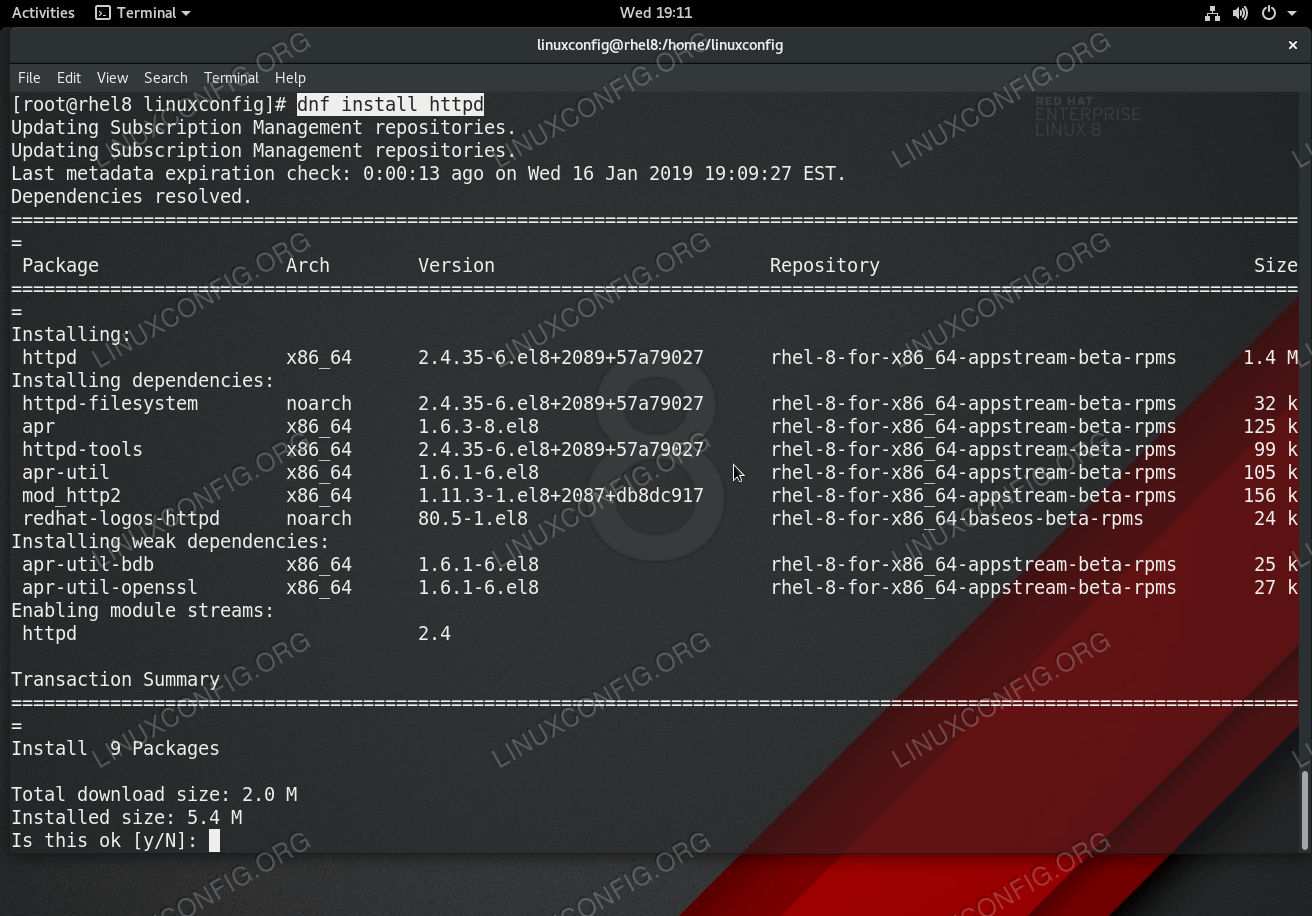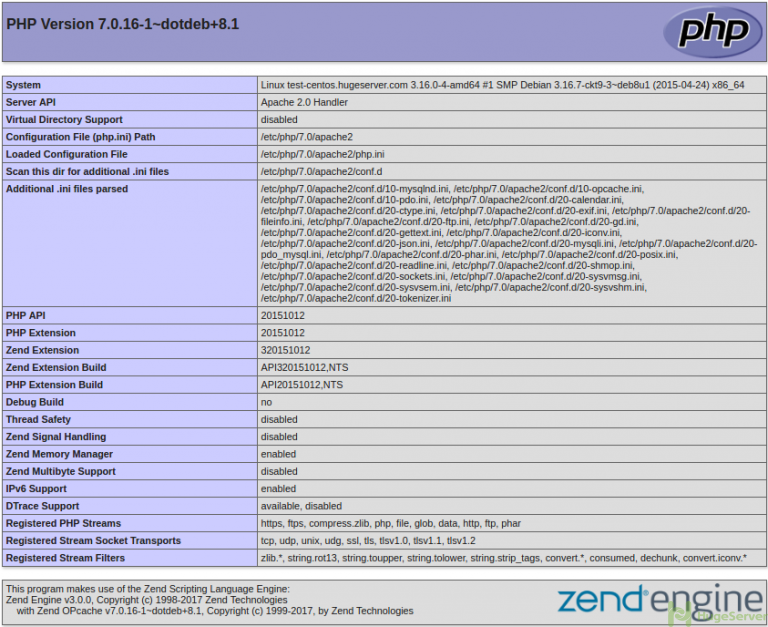

Now, you are ready to use the SSL certificate with your Apache-SSL server. Test your Apache config before restarting. Save and close this file when you are finished.ĥ. conf in the /etc/httpd/conf.d directory: sudo vi /etc/httpd/conf/nf ServerName Redirect "/" "" To redirect all traffic to be SSL encrypted, create and open a file ending in. Note: A self-signed certificate will encrypt communication between your server and any clients. SSLCertificateKeyFile should be the key file generated when you created the CSR. In this guide, you will set up a self-signed SSL certificate for use with an Apache web server on a CentOS 7 server.SSLCertificateFile should be your certificate file (eg.

When you are finished making these changes, you can save and close the file.Īdjust the file names to match your certificate files: sudo vi /etc/httpd/conf.d/ssl.conf DocumentRoot /var/SSLEngine on SSLCertificateFile /etc/ssl/private/certificate.crt SSLCertificateKeyFile /etc/ssl/private/private.key The next thing to do is to set up the virtual hosts to display the new certificate.

In order to set up the self-signed certificate, we first have to be sure that mod_ssl, an Apache module that provides support for SSL encryption, is installed the server: yum -y install httpd mod_ssl sudo systemctl enable rvice systemctl start rviceįirst copy your certificate file in /etc/ssl/private mkdir -p /etc/ssl/private chmod 700 /etc/ssl/private Copy the Certificate files to your server.ĭownload your SSL Certificate file from your SSL Provider, then copy them to the directory on your server where you will keep your certificate and key files. The prefork option will fail under load in a variety of cases, with some limited workarounds possible.How To install SSL Certificate on Apache for CentOS 7


 0 kommentar(er)
0 kommentar(er)
